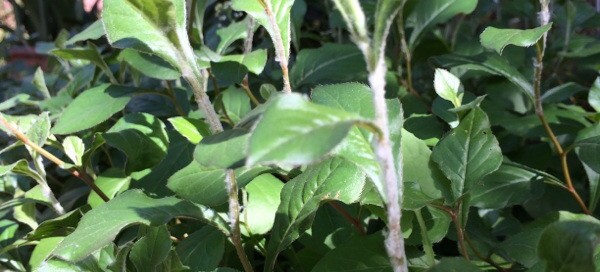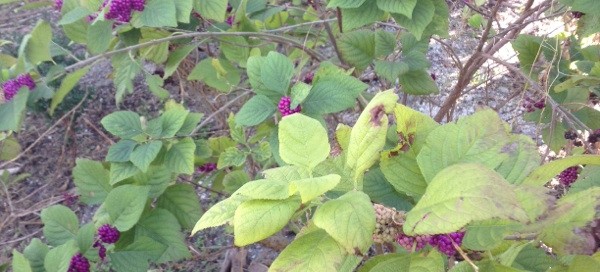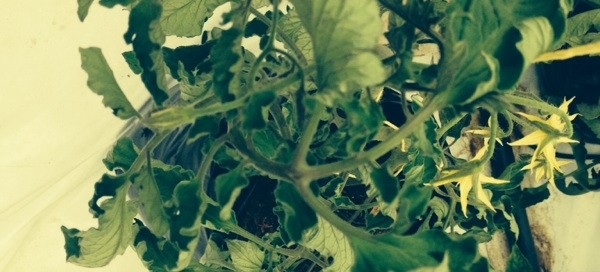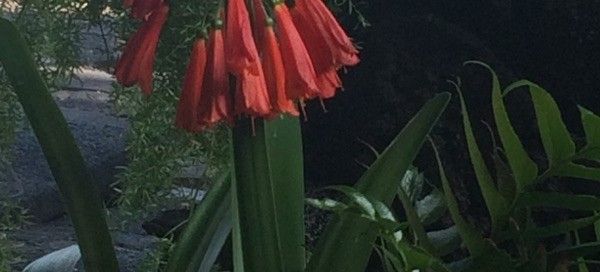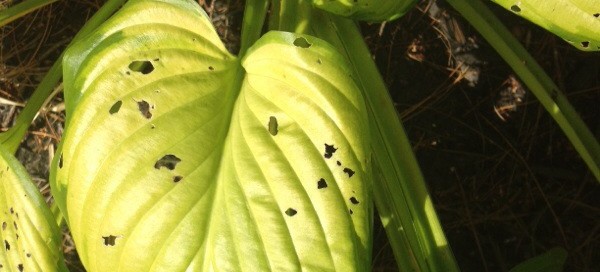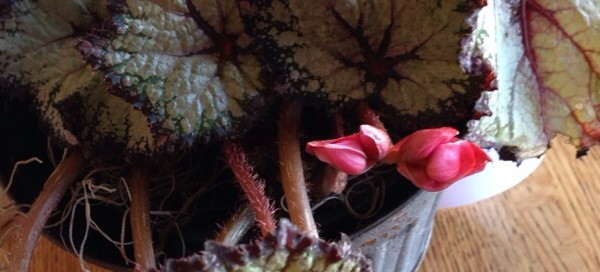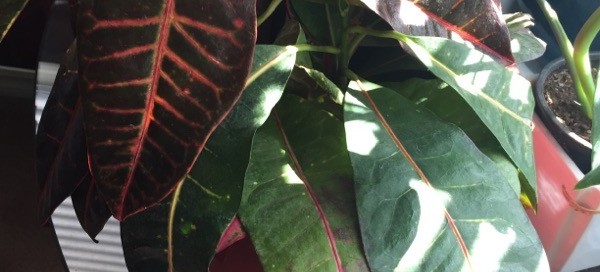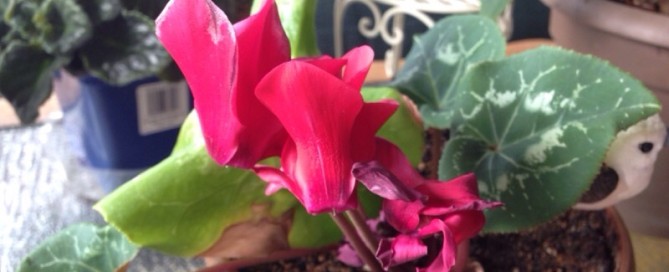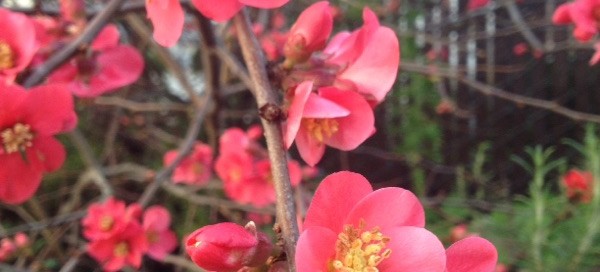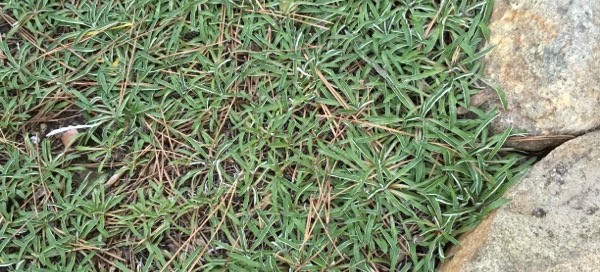Whitefly
If you flick a leaf, so they fly away, then settle back down? If so, these are whitefly. (If not, they're probably aphids.) Whitefly live on plants throughout their three life-stages. During the first stage, whitefly lay eggs which appear on the underside of leaves as white patches arranged in regular curves. Each female can produce 100-200 eggs at a time. After the eggs hatch, they become larvae that suck out the nutrients of the leaves and stems. (The stickiness you feel is called honeydew, a fancy word for the excretions of the insects.) And as adults they become flying insects that lay more eggs and the cycle repeats itself. Spray with neem oil or insecticidal soap that are direct-contact controls. Another organic remedy is Spinosad that has a 7-10 day residual.
